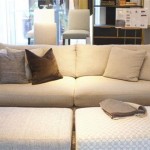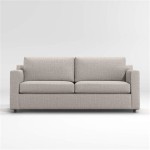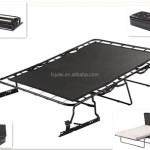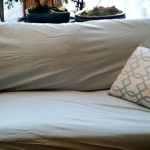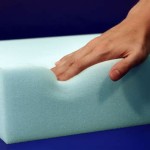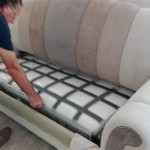Sofa Without a Back: A Guide to Backless Sofas, Benches, and Alternatives
Furniture design constantly evolves to meet changing needs and aesthetic preferences. One such evolution is the sofa without a back, a piece that challenges conventional sofa design. This article explores the various forms a "sofa without a back" can take, examining their functionalities, benefits, and potential applications in different spaces.
Understanding the "Sofa Without a Back" Concept
The term "sofa without a back" can encompass several furniture types, including backless sofas, benches, and other seating solutions that prioritize open space and flexibility. These pieces often serve distinct purposes compared to traditional sofas, offering unique advantages in specific design contexts.
Types of Backless Sofas and Benches
Several furniture styles fit the description of a "sofa without a back":
- Backless Sofas: These are essentially elongated seats with arms, upholstered for comfort and available in various shapes, sizes, and materials.
- Benches: A classic example, benches provide a simple, versatile seating solution. They can be upholstered or made from materials like wood, metal, or stone.
- Ottomans: While primarily used as footrests, large ottomans can function as backless seating, particularly in casual settings.
- Daybeds: Though some daybeds have backs, many are designed without, offering a versatile piece for seating, lounging, and occasional sleeping.
Benefits of Backless Seating
Backless seating offers a range of advantages, making it a suitable choice for various interior design scenarios.
- Space Optimization: The absence of a back creates a sense of openness and can make a room appear larger, particularly beneficial in smaller spaces.
- Flexibility and Versatility: Backless pieces can be easily repositioned and used in multiple ways, such as extra seating, room dividers, or footrests.
- Enhanced Social Interaction: By not facing a fixed direction, backless sofas can foster conversation and interaction in a social setting.
- Aesthetic Appeal: They offer a clean, modern aesthetic that complements contemporary and minimalist interior design styles.
Applications of Backless Sofas and Benches
The versatility of backless seating allows for its use in diverse spaces, both residential and commercial:
- Living Rooms: Backless sofas can define a living area without visually closing it off, creating a sense of flow and spaciousness.
- Dining Rooms: Benches can offer a space-saving and stylish alternative to traditional dining chairs, especially in smaller dining areas.
- Bedrooms: A backless sofa or bench at the foot of a bed provides a comfortable place to sit and put on shoes or simply relax.
- Entryways and Hallways: A bench in an entryway offers a practical spot to remove shoes and provides a welcoming touch.
- Commercial Spaces: Backless seating is frequently used in lobbies, waiting areas, and retail spaces to provide flexible and stylish seating solutions.
Choosing the Right Backless Seating
Selecting the appropriate backless seating depends on several factors:
- Space and Size: Consider the dimensions of the room and choose a piece that fits comfortably without overwhelming the space.
- Style and Material: Select a style and material that complements the existing decor and meets the functional needs of the space.
- Comfort and Functionality: Consider the intended use and choose a piece that provides adequate cushioning and support for its purpose.
Styling Backless Sofas and Benches
Backless seating can be styled in various ways to enhance its visual appeal and functionality.
- Cushions and Throws: Adding cushions and throws not only enhances comfort but also adds texture, color, and visual interest.
- Placement: Carefully consider the placement of the piece within the room to maximize its impact and functionality.
- Accessorizing: Incorporate other decorative elements, such as rugs, plants, and artwork, to create a cohesive and stylish space.
Considerations for Backless Seating
While backless seating offers many advantages, certain considerations should be kept in mind:
- Back Support: The lack of a back may not provide sufficient support for extended periods of sitting. Consider using cushions for added back support.
- Visual Anchor: In larger rooms, backless furniture might appear "floating." Strategically placing rugs or other furniture pieces can help anchor the seating and define the space.
By understanding the various forms, benefits, and considerations associated with backless sofas and benches, individuals can effectively incorporate these versatile pieces into their spaces, creating functional and stylish environments.

Green Modern 3 Seater Without Back Sofa Living Room 5 Inch

Grey Wooden 2 Seater Sofa Without Back

Kajave Furniture Wooden Sofa Without Back Cleopatra Design

Up 3 Seater Without Backrest Architonic Living Room Decor Guide Bed Stool Bedroom Furniture Design

3 Seater Designer Diwan Sofa Set Without Storage

Stylish Modern Pink Upholstered Metal Frame Leisure Couch Sofa Without Back For Coffee China Furniture Made In Com

Steel Settee Without Backrest 3 Seater

Half Couch With Out Back Rest Luxury Sofa Design

Wooden Modern Without Back Designer Couch For Home Living Room

Couch Without Arms

